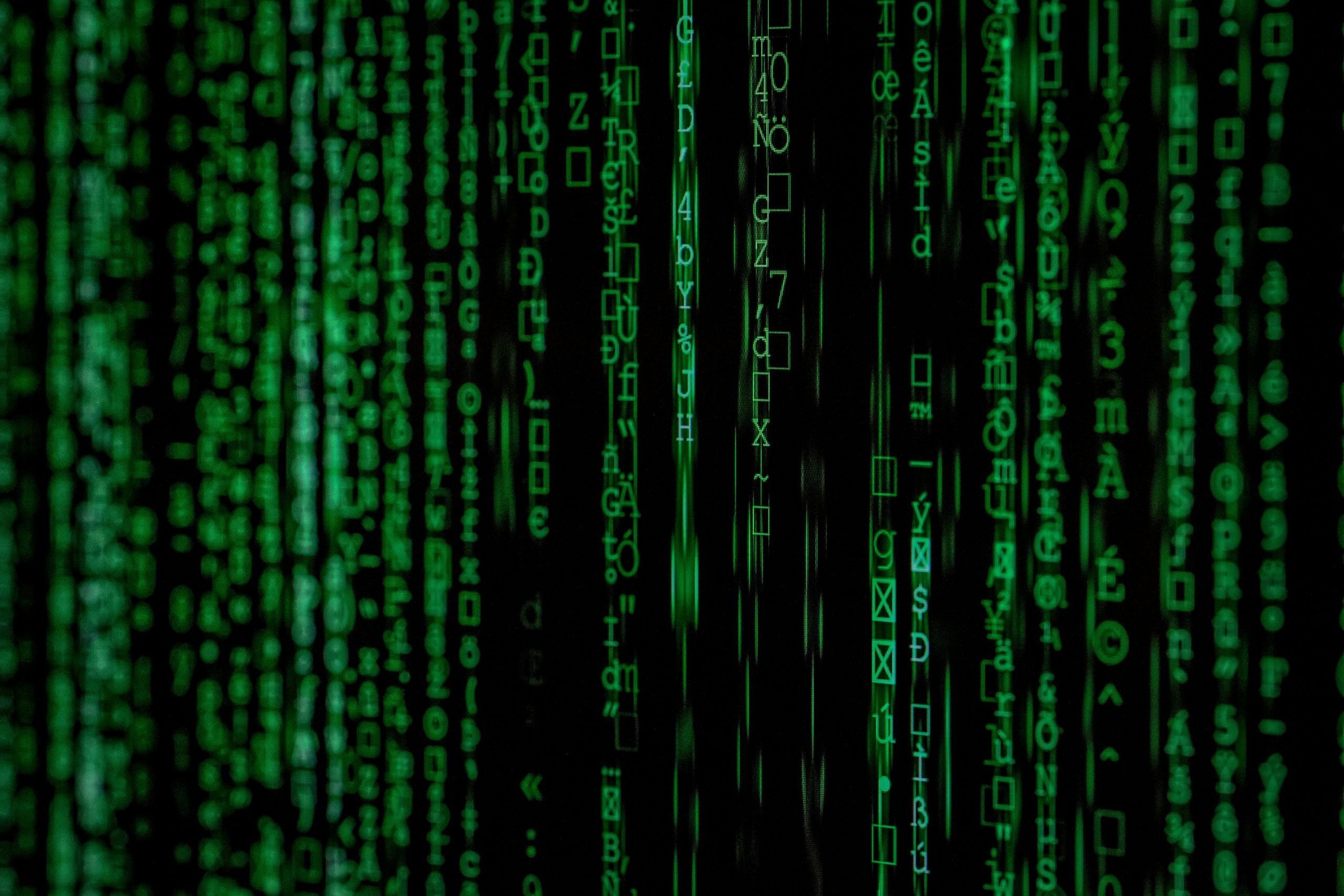Cyberpsychology is the study of psychological phenomena which occur as we interact with digital technology. Key areas of interest within the field of Cyberpsychology include social media, virtual reality, online learning, artificial intelligence, and cyborgs.
Arguably, the most interesting phenomena arise as we interact with the internet. This interaction can affect our behaviour in both the Cyberworld and real world! In my opinion, the Cyberworld (closely followed by physical inactivity) is arguably one of the most underrated and under researched mechanisms of psychological disturbance and damaging behaviour in the modern era.
A powerful phenomenon under investigation within the field of Cyberpsychology is the digital self. Psychologists often use the concept of self and identity interchangeably. Our sense of self/identify can be seen as partly innate and partly a social construct. We draw on memories, the present moment, future intentions, group norms, and aspects of our personality to establish a sense of self/identity. For most of us, our self/identity (how we present ourselves to the social world) begin to stabilise in our 30s and 40s. However, the Cyberworld can flip this on its head… in a big way.
Within cyberspace, technology and anonymity offer us the opportunity to carefully construct a digital self. We take our time crafting our profiles, personalised bios, and replies on forums or group chats to create the “perfect” response. We engage in photo one-upmanship to portray an idealised, sensational version of ourselves and our experiences. Quite often, our digital self can become almost unrecognisable from our true, real-world self.
Unfortunately, the separation between the digital and real-world self is ubiquitous in today’s world. Our preoccupation with constructing and maintaining a digital self can take a huge psychological toll.
Regardless of how idealised or sensational our digital self appears on-line, reality is always waiting to pounce on us when we least expect it! When we walk past a reflective shop window, meet our small circle of true friends, experience social anxiety, or check our bank balance, we are often reminded that our idealised digital self is nothing more than a disjointed false construction. For some, this digital self is completely unattainable in the real world. The realisation that our digital self is detached from our true self can negatively impact our self-worth, self-confidence, self-perception, and ultimately our psychological wellbeing. At the end of the day, the digital self predominantly exists as units of data transmitted through the air, it literally holds no weight!
Putting the doom and gloom aside, cyberspace can also act as a mechanism for personal growth. The Cyberworld can provide a therapeutic space for people to write creatively, discuss problems, overcome social anxiety, and feel socially accepted. It can also provide us with the information and motivation needed to adopt positive health behaviours. We can glimpse into a stranger’s experience and say to ourselves, “If they can do it, so can I.”
The Cyberworld encompasses fitness-tracking platforms such as Strava, which can be great for motivation and friendly competition. At the end of the day, the Cyberworld can be both helpful and destructive. Like most things, it’s a double-edged sword. The Cyberworld is here to stay. We must proceed with caution and educate ourselves before engaging with not just the Cyberworld, but all forms of technology.
Matt Adey, MSc.
Sources
Man Computer symbiosis
https://groups.csail.mit.edu/medg/people/psz/Licklider.html
British Psychology Society, Cyberpsychology section
https://www.bps.org.uk/member-networks/cyberpsychology-section
Franklin and Holding (1977) ‘Personal memories at different ages’.
The Cyber Effect by Dr Mary Aiken
https://www.maryaiken.com/cyber-effect
Cyberpsychology: The Study of Individuals, Society and Digital Technologies by Whitty and Young






